AMMAN — Art works by two
Jordanian artists,
Saad Rabadi and Abdel Rahman Hamdan, went on show at the
“Paradox of Stillness” exhibition at the
Orient Gallery in Amman, which will
run until November 25. The gallery is open from 10am till 7pm from Saturday thru
Thursday.
اضافة اعلان
The gallery, established in 1996,
is dedicated to the promotion of emerging and established Arab artists. Its
high standards and diverse offerings have allowed the gallery to achieve a
reputation for excellence over the past years.
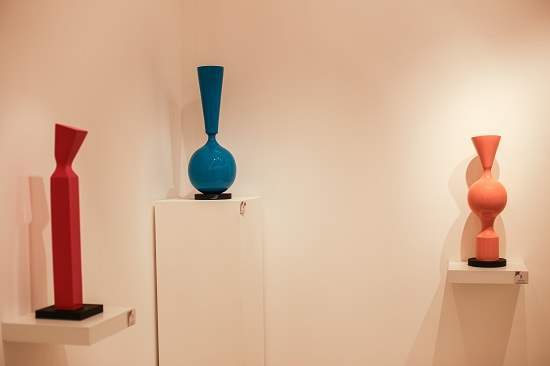 (Photos: Majo Tielve/Jordan News)
(Photos: Majo Tielve/Jordan News)
Hamdan got his BA in sculpture from the Faculty of
Arts and Design at the University of Jordan. He has long been interested in
geometric and organic shapes, his approach in art focuses on depicting human
interactions and expressions, building structures that combine between rigid
and dynamic forms. He works with human motion as a medium, capturing movement
in solid forms.
Rabadi got his Bachelor of Architecture degree from
the University of Jordan. After graduating, he spent time in Beirut, where he
worked in the fields of architecture and visual art. Since then, he has
experimented with various mediums and large-scale panels while cultivating his
unique artistic style, also working with watercolors and oil paintings
extensively.
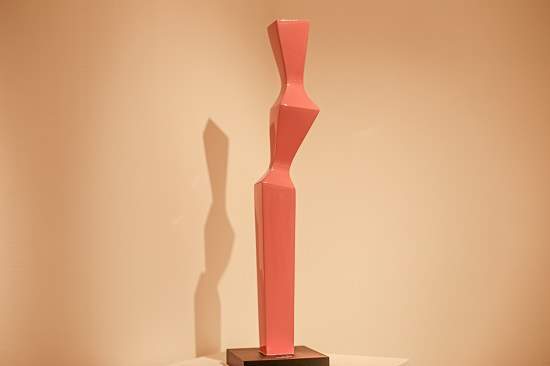 (Photos: Majo Tielve/Jordan News)
(Photos: Majo Tielve/Jordan News)
Rabadi’s art addresses complex compositions with a
mature eye. Living in Amman he paints his immediate surroundings with an
intimate, dynamic expression, many of his works are inspired by the city
streets, where street lamps and neon signs glisten in the rain.
It is clear that the art
scene in Jordan is not as established as in other parts of the world, but there
is a hunger to showcase local and international talent.
Jordan News spoke to
people at the exhibition, who spoke of a lack of support for these types of
venues. "Sadly, there is no information about these types of exhibitions.
I wish people would visit art galleries. This is the way to support art and
fill these empty spaces," said Batool Syouf.
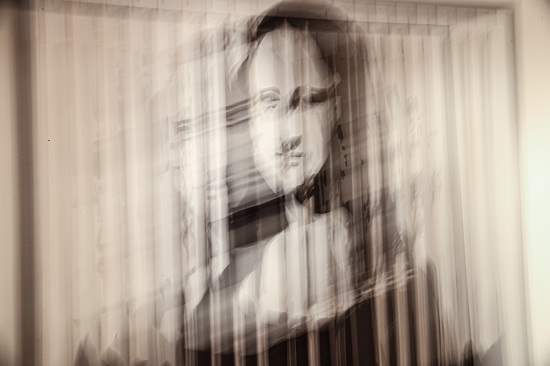 (Photos: Majo Tielve/Jordan News)
(Photos: Majo Tielve/Jordan News)
Hamdan has assembled a
world through geometric and organic forms. His approach to art achieves harmony
between stability and chaos, letting the public be part of the new
experimentation of the world of form and substance.
Rabadi, on the other hand, is
immersed in architecture and visual arts, and leads the viewer to be part of a
lively atmosphere, thanks to the diversity of techniques and the social
narrative. Living in Amman has shaped his vision, stripping his art of its
social aspects, thus shaping the rules of his universe.
Hamdan
told
Jordan News how he found his way to art: "When I was nine years old,
I used to go every summer to a school that taught art and drawing every
year." After a while, he grew his passion by studying art and design at university
and taking sculpture to its highest expression.
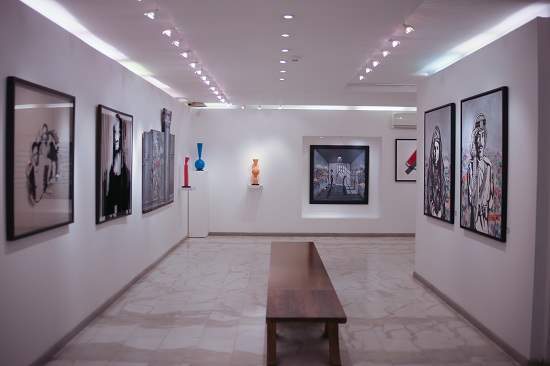 (Photos: Majo Tielve/Jordan News)
(Photos: Majo Tielve/Jordan News)
In search
of a sensory revolution, Hamdan makes the viewer reflect on the idea of form
and space, inviting us to break with the established to see beyond the
conceptualized. “The universe I have created in this new series, carries
adrenaline of liberation, it is something that feels powerful when appreciating
the pieces, it is a game-changing creation,” he said.
“What
I try to do with my art is to shock and change. We are in the year 2021, and
our minds need to be open to new forms of expression," Hamdan said.
Visitors can appreciate the evolution of his technique as represented in his
various carved wood pieces like "Vance 21”, "Nova 21",
"Atlas 21", and "Adonis 21".
Rabadi’s
art envelops the viewer in shades of grey, exploring the divide between the
living and the inanimate, saying: “It sums up the challenges of our society,
our life, our work, and our home, as there are no victories without battles,
and shows us how we must always fight with art."
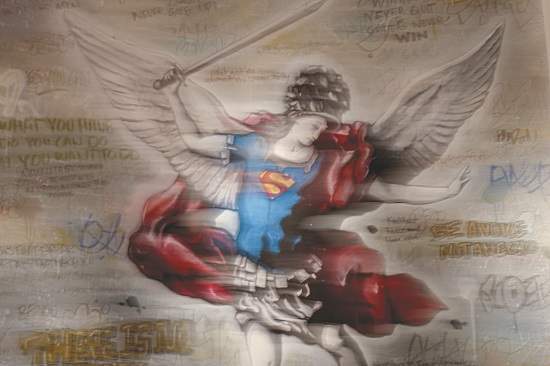 (Photos: Majo Tielve/Jordan News)
(Photos: Majo Tielve/Jordan News)
In
his work titled "The Fall of the Rebel Angels", he gives his artwork
new life by drawing inspiration from an ancient painting from 1562, executing
it in modern graffiti form. By going beyond architecture and taking it to a
more personal level, Rabadi manages to take his work to a more romantic concept.
“Not
to create for the sake of creating, but to create for the sake of finding
beauty in the different techniques I use to express," he said.
There
is no doubt that when we stand in front of one of his pieces at the gallery, it
captures our attention and changes the narrative by exposing us to the words
imbued on the canvas. "Words have a powerful impact on the public. And I
think I've managed to get my ideas across to the public, especially by using
motivational phrases," Rabadi said.
The gallery provided the
two artists a point of cohesion where they could present their work for the
first time in an intimate format the exhibition.
Read more Culture and Arts

